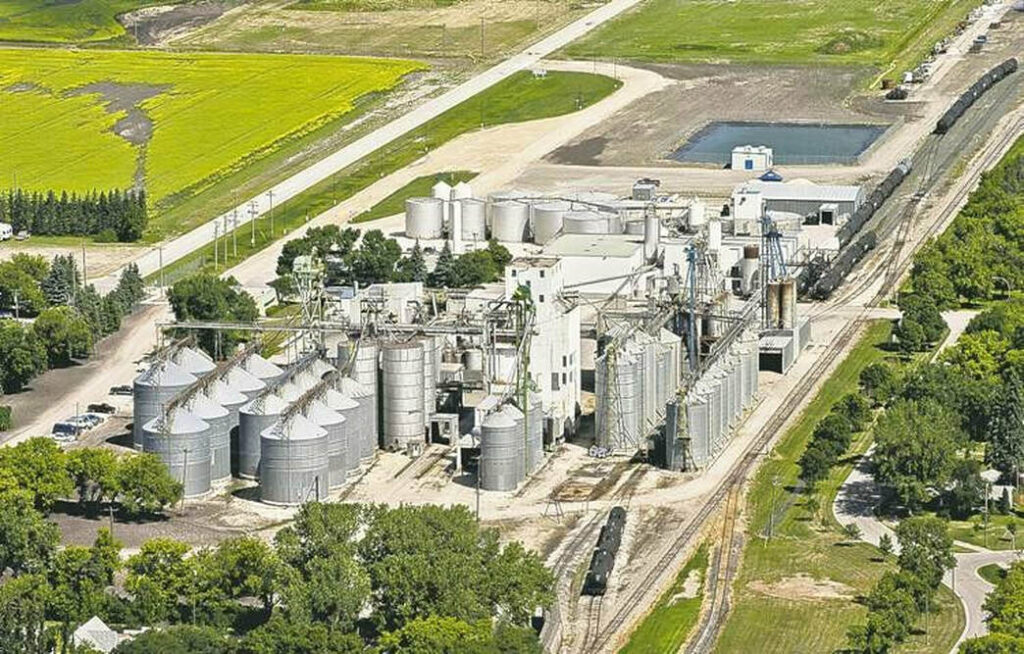CANOLA
The increasing demand for food with low cholesterol content and low levels of unsaturated fatty acid is boosting the growth of the global canola oil universe. The rising preoccupation with health issues related to cholesterol is going to boost the demand for canola oil, which has low LDL.
Diets including canola oil are reducing cholesterol levels as compared to diets containing higher levels of saturated fatty acids. Canola oil is also an important source of vitamin E, which is an anti-oxidant, protecting the body’s proteins from free radicals. This also aids in growing global demand.
CANOLA SPECIFICATIONS
Commodity: Canola Oil (RCAO).
Type: Refined, Winterized, Deodorized, Bleached..
Standard: British Standard BS 684, European Norm CEN/TC 307, International Standard Organization ISO/TC 34/SC11, International Food Standards of United Nations and FAO Codex Alimentarius CODEX STAN 210-1999 Standard for Named Vegetable Oils.
Quality: Fit for human consumption, free from foreign matter, any other oil or animal fats.
Color (51/4 Lovibond): Red 3 maximum, light yellow, clear and transparent.
Odor: Characteristic taste and no odor.
Visibility: Without any deposition and blurriness.
Taste: Neutral, without an artificial taste, free from rancidity or any strange or bad taste and smell.
Shelf Life: 12 months, can be up to 24 months with addition.
Physical and Chemical Analysis:
Free Fatty Acid (% m/m Oleic Acid): 0,3 g maximum.
Acid Number (mg KOH/g oil): 0,6 maximum.
Peroxide Value (meq O2/kg oil): 10,0 maximum.
Iodine Value (WIJS Method): 105 – 126
Moisture: 0,2 maximum.
Volatile Matter (% m/m at 105oC): 0,2 maximum.
Saponification Value (mg KOH/g oil): 182 – 193
Unsaponifiable Substances (g/kg): 2,0 maximum.
Insoluble Substances in Ether (%): 0,05 maximum.
Refractive Index (at 40 oC): 1,465 – 1,467
Specific Gravity (g at 20 oC): 0,914 – 0,920
Soap Content (% m/m): 0,005 maximum.
Halphen Test: Negative.
Mineral Oil Test: Negative.
Sesame Oil Test: Negative.
Cold Test (5,5 hours at 0 oC): Clear.
Heavy Metal Analysis:
Iron (Fe): 1,5 ppm maximum.
Copper (Cu): 0,1 ppm maximum.
Lead (Pb): 0,1 ppm maximum.
Arsenic (As): 0,1 ppm maximum.
Fatty Acid Composition (%):
Kaproic Acid C 6:0: 0,05 maximum.
Kaprilic Acid C 8:0: 0,05 maximum.
Kapric Acid C 10:0: 0,05 maximum.
Lauric Acid C 12:0: 0,05 maximum.
Miristic Acid C 14:0: 0,2 maximum.
Palmitic Acid C 16:0: 2,5 – 7,0
Palmitoleic Acid C 16:1: 0,6 maximum.
Margaric Acid C 17:0: 0,3 maximum.
Heptadecenoic Acid C 17:1: 0,3 maximum.
Stearic Acid C 18:0: 0,8 – 3,0
Oleic Acid C 18:1: 51,0 – 70,0
Linoleic Acid C 18:2: 15,0 – 30,0
Linolenic Acid C 18:3: 5,0 – 14,0
Arachidic Acid C 20:0: 0,2 – 1,2
Eicocenoic (Gadoleic) Acid C 20:1: 0,1 – 4,3
Eicosadienoic Acid C 20:2: 0,1 maximum.
Behenic Acid C 22:0: 0,6 maximum.
Docosenoic (Erusic) Acid C 22:1: 2,0 maximum.
Docosadienoic Acid C 22:2: 0,1 maximum.
Lignoseric Acid C 24:0: 0,3 maximum.
Nervonic Acid C 24:1: 0,4 maximum.




